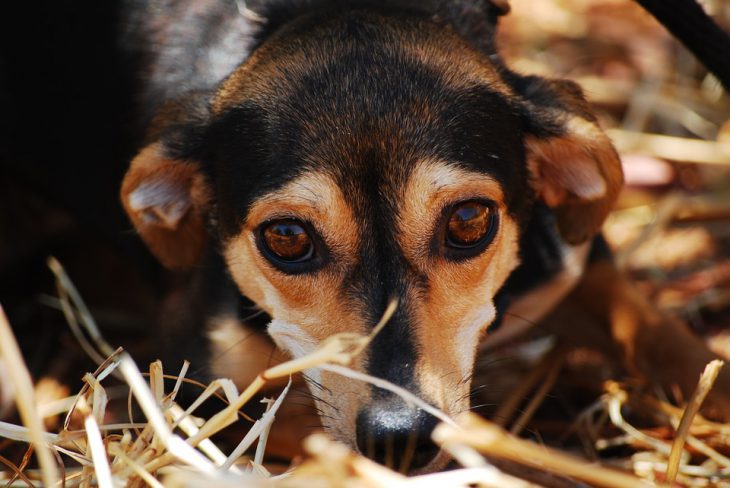Many pet owners struggle to calm the fears of an anxious pet. Just like humans, dogs and cats can develop anxiety triggers (or even phobias) that cause them to be extremely jumpy or irritable, even in common, everyday situations. If your pet struggles with anxiety, here are some ways you can help alleviate the problem — or at least reduce their fears considerably.
What Are the Symptoms of Pet Anxiety?
If your pet has anxiety, you’ve probably already recognized the symptoms. Still, here are the most common ways your dog or cat may show signs of anxiety:
Dogs:
- Barking, sometimes incessantly
- Pacing or refusing to be still
- Trembling or shaking
- Panting without physical exertion
- Licking themselves or others compulsively
- Hiding behind furniture or other objects
- Staying in your lap or under your feet while you’re sitting (or attempting to jump into your arms or hide between your legs when you’re standing)
Cats:
- Failing to use litter box correctly (urinating in the home, for example)
- Digestive upset (diarrhea, vomiting)
- Compulsive grooming
- Hiding from family members most or all of the time (though cats usually do prefer more alone time than dogs)
- Constant meowing
- Lack of appetite
- Excessive sleeping
- Aggression towards other animals or humans
- Excessive scratching
How to Handle Pet Anxiety
There are several ways to handle your pet’s anxiety, including:
- Exercise: Take your dog for long walks and play with your cat often. Animals need exercise (just like people). Exercise helps alleviate stress for humans, too, so it’s a win-win situation for everyone.
- Training: It’s difficult to train cats, but you can certainly train your dog. Dogs enjoy mental exercise as much as physical exercise. Spend a little time each day teaching your dog a new trick, and their anxiety should benefit, too.
- Behavior modification: If you can figure out what causes your pet’s stress, you can slowly build their exposure to the stressor to help solve the phobia. For example, if your dog is scared of people or other pets, take them to a local dog park and allow him to meet strangers. Keep them on a leash for safety, and stay watchful of any signs of anxiety. Remove the dog from the situation if they become overly anxious or aggressive.
- Swaddle: Believe it or not, pets can sometimes be a lot like human babies, who are known for their love of swaddling! If your cat is fearful, try wrapping them in a pillowcase and holding them gently. Likewise, your dog’s fear of storms may be reduced by swaddling them in a blanket or towel.
- Medication: Finally, if none of the tips above seem to work, consider asking your pet’s veterinarian for a prescription. There are anxiety medications available for dogs and cats that may just do the trick!





